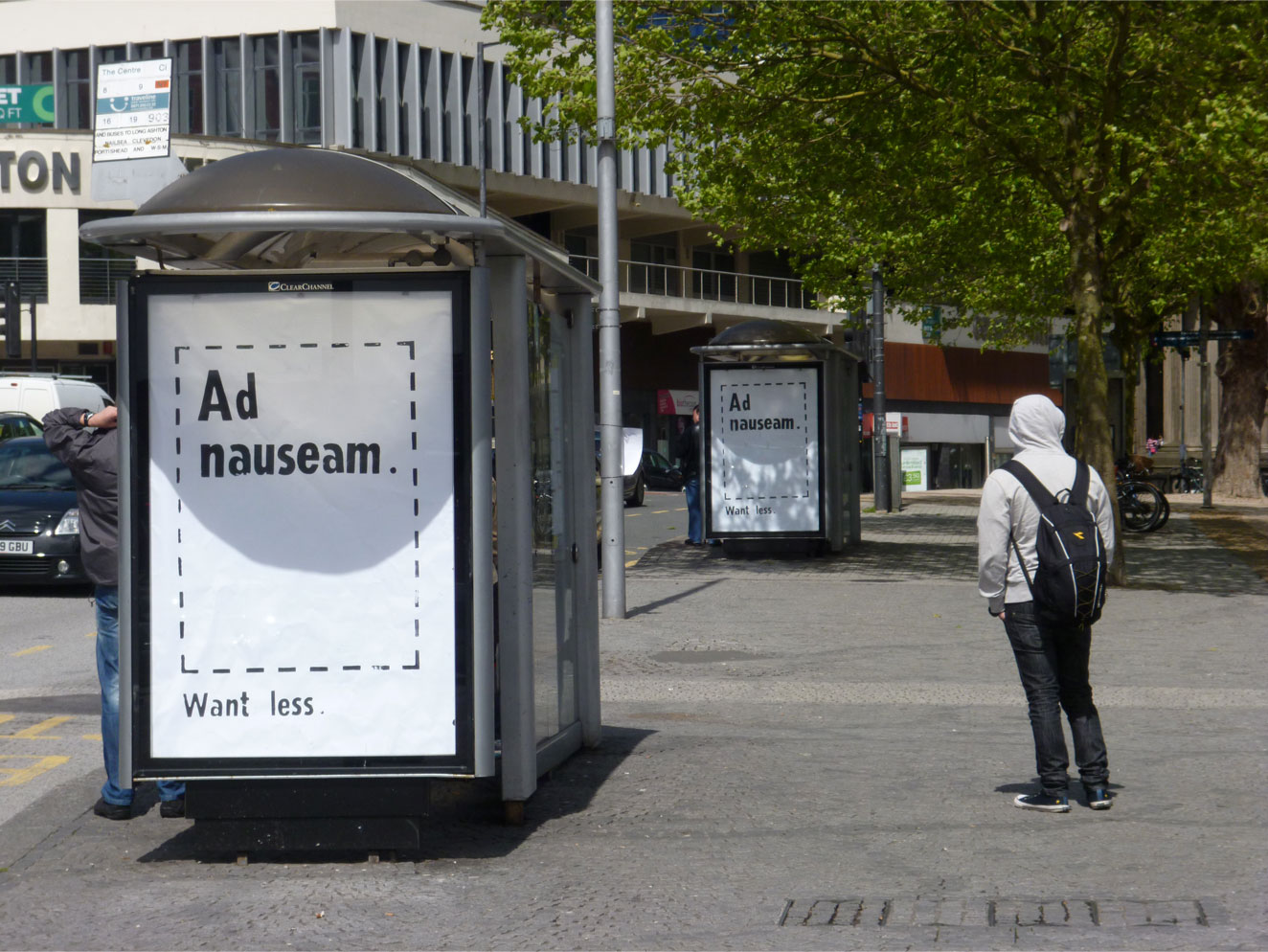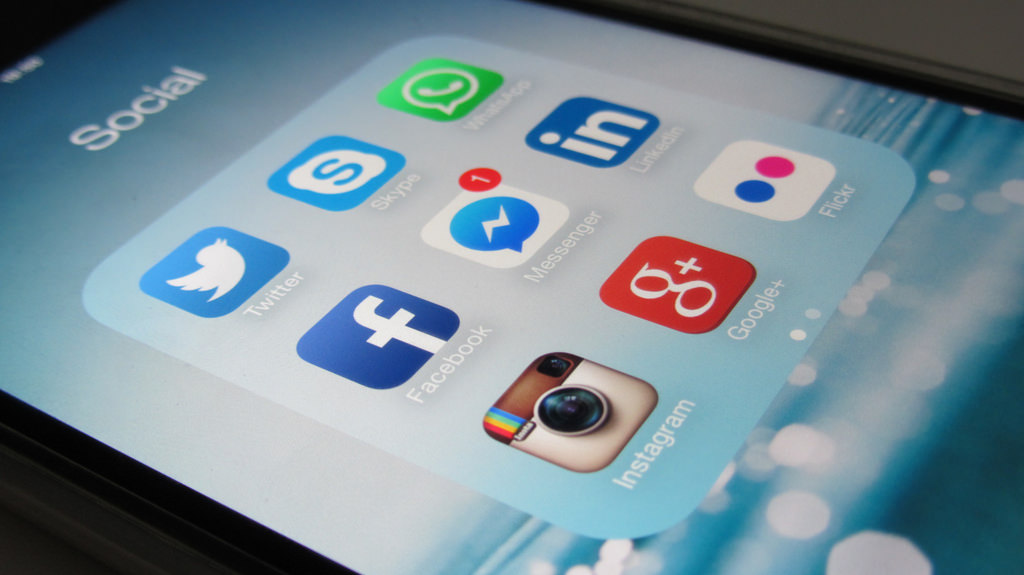

We open on a young boy and his mother at a train station, holding a welcome-home sign. The mother excitedly squats down and tells the boy, “He’s on the next train!” The boy’s smile fills his mom’s heart. Her eyes wander toward the sky as she plays in her mind the scene of her husband scooping up their son and squeezing him tightly.
Meanwhile, the boy spots his best friend, Elmo, in balloon form, floating through a train car parked at the station. Unnoticed, he makes his move. Onboard the train, it jerks into motion. The horn blares. Mom snaps to, looks down; her son … gone! Her eyes dart frantically. “Mommy!” Her sightline locks onto him through the train window. “Stop the train!” she shouts out to everyone and no one as the train steals her son away.
In a world bombarded with advertisements everywhere you look, one principle stands true: stories sell. Research shows that brands that tell compelling stories are 22 times more memorable than those that simply state facts. Storytelling isn’t just a marketing tactic—it’s a psychological phenomenon. When done right, this powerful tool allows companie

Walmart stopped selling handgun ammunition in response to the mass-shooting epidemic in America.
Ben & Jerry’s devotes a page on its website to “Issues We Care About,” including LGBT equality and racial justice.
Penzy’s Spices spent more than $700,00 on Facebook ads supporting the impeachment of Donald Trump.
Brands taking a public stand on social and political issues, not long ago considered taboo, is now accepted — even expected. More are doing it, and consumers are noticing; 70 percent believe it’s important for brands to have a voice when it comes to social and political issues. Taking a strong position on an issue — and following through with action — can improve your brand perception.

As you wander the aisles of the grocery store or scan the tables at a restaurant, do you ever get the feeling more and more people aren’t like you? Or that they don’t look like you? It’s not a feeling; it’s reality.

If you’ve never heard of “Brandalism” you’re not alone.
Made popular by underground artists such as Banksy, Brandalism takes popular branding and brand messaging and attempts to subvert it, often justifying the act by referencing our inability to escape the constant presence of branding in our everyday lives.

Wayne Harris began his career under the golden arches. After obtaining a marketing degree from the University of Illinois in Chicago, Harris started at McDonald’s as a manager trainee. He eventually worked his way up to the position of Director of Operations and Field Service for the Chicago region. While a member of the Chicago Co-op board, he was a part of the team that signed then-rookie Michael Jordan as a spokesperson. Along the way, he also became a franchise owner and, at one point, he owned 11 McDonald’s restaurants in the Madison area.

One of the most discouraging parts of trying to engage your customers on social media is the prevalence of internet trolls. No matter the size of your business, the strength of your content or the purity of your intentions, trolls find a way to shoehorn their opinions into your messaging.

Take it from a writer; there is nothing more intimidating than a blank page. Or in the case of a novice marketer, a brand new social media account.
It’s not overwhelming because there is nothing to say, it’s because there is so much to say. Between videos, articles, GIFs, stand-alone graphics and pictures there are endless possibilities to show your audience who your brand is. How do you start?

More and more people are questioning their use of Facebook in the wake of Cambridge Analytics scandal, but looking ahead, will that continue to be the case?
Despite an initial #DeleteFacebook movement that saw hundreds of users remove their profiles (including Apple co-founder Steve Wozniak), some experts think Facebook will remain secure atop the social media pyramid. “The early social data gives us no indication that Facebook will lose any meaningful number of users or engagement from this scandal,” Andy Swann, founder of LikeFolio, writes in a Forbes article.
However, that doesn’t mean Facebook doesn’t have a lot of ground to make up among its users, and advertisers. Most recently, Facebook has moved to re-establish some credibility by requiring marketers to guarantee<